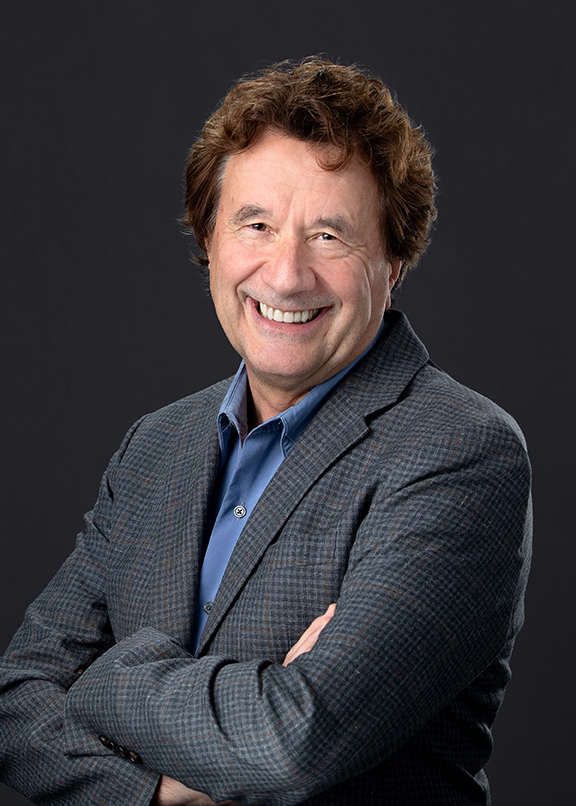Klaus Ley, MD

Co-Director, IMMCG
Georgia Research Alliance Eminent Scholar
Professor, Physiology
The build-up of fat, cells and calcifications in the body’s arteries can cause them to narrow and harden, eventually leading to heart attacks and strokes. This degradation of the arteries is called atherosclerosis, and the havoc it can wreak makes it the leading cause of death worldwide.
Klaus Ley is exploring the role our immune response plays in atherosclerosis, and his aim is to develop a vaccine and drugs that leverage human immunity to tackle the disease.
For more than two decades, Ley has applied his knowledge of immunology to understand the role that immune cells play in atherosclerosis. White blood cells swim in the blood, helping to protect the body from infection. To do their job, they must adhere to the blood vessel wall. In a chronic disease like atherosclerosis, this happens over and over again, eventually making the lumen narrower and the wall harder. So, instead of helping to solve a problem, the immune cells turn against the body — they actually hasten the atherosclerosis process.
It is this autoimmune reaction — and how to prevent it or reverse it — that Ley thinks is key in reducing the risk of atherosclerosis beyond what current drugs and lifestyle changes can achieve.
Unlike a vaccine for COVID-19 or measles, which prime the body against an external pathogen, Ley is working on what is called a “tolerogenic” vaccine for atherosclerosis. The aim of a tolerogenic vaccine is to prevent or reverse an autoimmune reaction. His team has already shown, in model systems, that a pathway exists for this vaccine to guard against atherosclerosis. They now need to identify the exact equivalent component that will have the same success in humans, who have a much more complex immune system.
Ley believes a discovery by his team may well lead to new drug treatments for atherosclerosis in the next few years. In a 2022 paper published in Science, he describes a new class of olfactory (smell) receptors, some of which are important in atherosclerosis. They found that some of the same smell receptors in our noses are also present in immune cells inside the lining of our arteries. These immune cells, called macrophages, can use these receptors to detect the presence of a chemical called octanal that is generated when fats and cholesterol accumulate in the arteries.
Octanal — which, incidentally, is what causes foods to smell rancid when left out in the heat — can start an inflammatory response in the macrophages. When this happens, the researchers found, atherosclerosis worsens.
The presence of these smell receptors inside macrophages in the blood vessel wall was not known before Ley’s discovery. Many existing drugs target similar receptors in treatments for other ailments. Ley and his team plan to work on finding just the right drug that will stop the macrophages from attacking the body instead of helping it.
By studying concentrated white blood cells of diverse populations, Ley seeks to understand how immune responses in atherosclerosis differ — and why. This exploration uses blood from patients with atherosclerosis (or not), and it's essential to developing vaccines and treatments that work for as many people as possible.
As co-director of the new Immunology Center of Georgia, Ley will build on his research while also recruiting candidates to establish a world-class immunology research center focusing on vaccines, cancer immunology and vascular immunology.
Research Overview
- High-dimensional data generated by single-cell RNA sequencing
- Integrin activation in immune cells
- Autoimmune response to ApoB and the potential to apply this to develop a vaccine for atherosclerosis
- Understanding a newly discovered type of olfactory receptors in macrophages and their role in atherosclerosis
- Understanding differences in the immune response of diverse populations to atherosclerosis
In the News